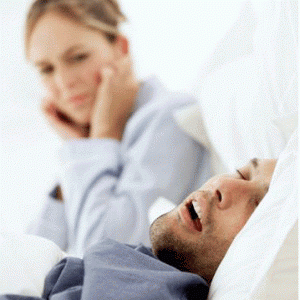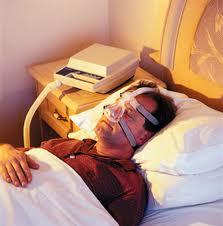WHAT ARE THE SYMPTOMS OF SLEEP APNEA?
- Chronic snoring (strong indicator)
- Sleeplessness
- Difficulty concentrating
- Depression
- Irritability
- Sexual Dysfunction
- Learning and memory difficulties
- Falling asleep at work, on the phone or while driving
More severe symptoms can arise if sleep apnea is left untreated such as disturbed sleep, excessive sleepiness during the day, high blood pressure, heart attack, congestive heart failure, cardiac arrhythmia, or stroke(8).
WHO IS AFFECTED BY SLEEP APNEA?
Sleep apnea occurs in both sexes and across all age groups. There are, however, a variety of risk factors that can increase the chances of acquiring it, including:
- Having a small upper airway (large tongue, tonsils or uvula)
- Being overweight
- Having a recessed chin
- Having a small jaw or large overbite
- Have a large neck size (17 inches or greater for men or 16 inches or greater for women)
- Smoking or alcohol use
- Being over the age of 40
- Being of African-American, Pacific-Island or Hispanic descent
- Having a family history of sleep apnea(8)
WHAT ARE THE TREATMENT OPTIONS FOR SLEEP APNEA?
There are a variety of treatment options when sleep apnea is diagnosed correctly. If a sleep clinic is not sought out for diagnosis, it can sometimes be misdiagnosed as hypersomnia, since patients may not be aware of their multiple awakenings and conclude they are sleepy during the day without any apparent reason(4). When examined by a sleep center, it is easily recognisable as the patient will have periods of no breathing followed by a restorative gasp and then a snore and sometimes a sharp muscle movement. Losing weight, avoiding sleeping on one's back, avoiding respiratory depressants (alcohol and hypnotic medications), the use of respiratory stimulants and the use of dental appliances (to reposition the lower jaw and tongue) may be effective. The most effective treatment is a Continuous Positive Airway Pressure (CPAP) machine. CPAP, although cumbersome to wear (involves sleeping with a mask over the nose and/or mouth) keeps the upper airway open by gently blowing a continuous flow of air into the airway. Surgery is also an option to modify the upper airway structures when no other treatment is effective(6).
WHAT HAS RESEARCH SHOWN ABOUT SLEEP APNEA?
The dangers of sleep apnea have been well documented for some time, however the underlying mechanisms for these health complications have been discovered more recently. When the airway is obstructed during sleep, airflow is decreased or completely interrupted causing a state of hypoxia (low blood oxygen). This causes activation of the sympathetic nervous system dozens of times each hour. The repetitive sympathetic activation causes systemic inflammation and increased oxidative stress, which can lead to the development of hypertension, coronary artery disease, heart failure and stroke(9). This state of hypoxia is much more pronounced in patients who also experience symptoms of Chronic Obstructive Pulmonary Disease (COPD), which is the case in appoximately 1% of the population. These patients actually experience worse nocturnal hypoxia and greater hypercania (high blood carbon dioxide) than patients with either sleep apnea or COPD alone. However, CPAP treatment was shown to increase survival rate while decreasing hospitalization, pulmonary hypertension and level of hypoxia(10).




